Cricket has many rules, but what really keeps fans interested is the different ways a batter can get out. Some dismissals, like being bowled or caught, happen all the time. Others, such as timed out or obstructing the field, are rare and surprising. Each type of dismissal adds its own twist to the game.
Whether you are new to cricket or just want to understand it better, knowing these ways a batter can get out makes the sport easier to follow and a lot more fun to watch.
Types of Dismissals In Cricket
In cricket, getting a batter out can happen in a bunch of different ways, and each one has its own rules. These are usually called “types of outs,” and they can totally change the flow of a match.
Some outs happen all the time and are easy to spot, like being bowled or caught. But then there are the rarer ones that don’t show up often, and knowing about them makes you appreciate the game even more. Understanding these dismissals gives you a better idea of how cricket really works and why every moment on the field can be so exciting.
Most Common Dismissals In Cricket
Every team and bowler aims to take these common wickets, as they provide crucial advantages and can shift the momentum of the game.
1. Bowled
A batter is out bowled when the bowler’s legal delivery hits the stumps and dislodges the bails. This can happen directly or after the ball touches the bat or the batter’s body.
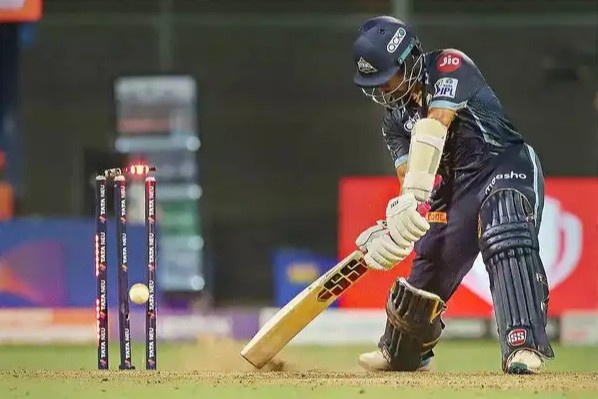
If the ball is a no-ball or wide, the batter cannot be out bowled. It’s one of the most straightforward dismissals and occurs frequently in matches.
2. Caught
A batter is out caught when a fielder, including the wicketkeeper or bowler, catches the ball on the full after it has made contact with the bat or the glove holding the bat.
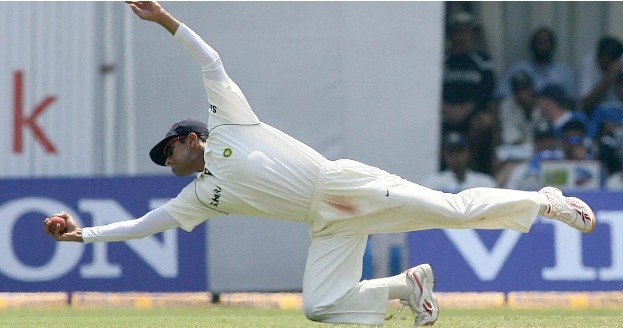
Variations include caught behind by the wicketkeeper and caught and bowled by the bowler. This is one of the most common ways a batter gets out.
3. Leg Before Wicket (LBW)
LBW is given when the batter blocks the ball with any part of their body (except the hand) when the ball would have otherwise hit the stumps. The umpire considers where the ball pitched, point of impact, and trajectory.
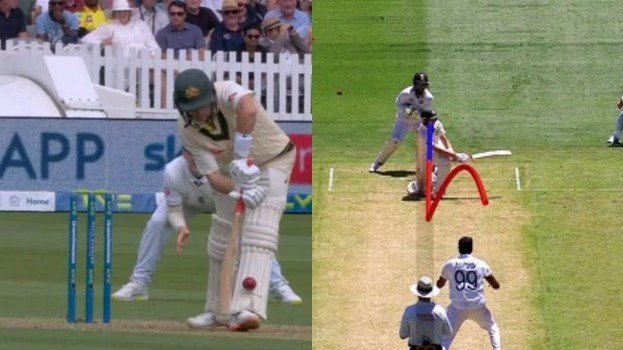
Modern technology like DRS assists in making accurate LBW decisions, which often involve close judgment calls.
4. Stumped
A stumping occurs when the wicketkeeper removes the bails while the batter is outside the crease and not attempting a run, usually after being deceived by a spin bowler. Quick reflexes from the wicketkeeper are essential.
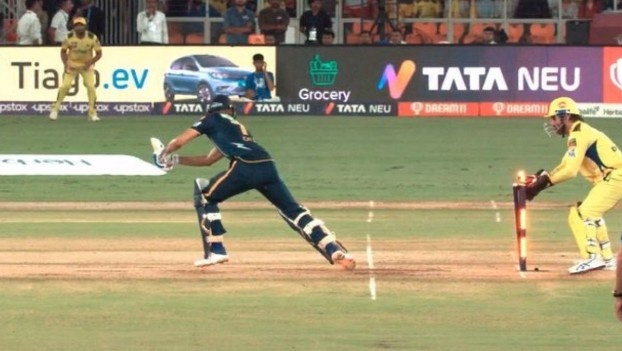
Stumping is a specialized dismissal typically seen in spin bowling situations and requires sharp coordination.
5. Run Out
A batter is run out if, while trying to complete a run, they fail to reach the crease before the fielding side breaks the stumps with the ball.
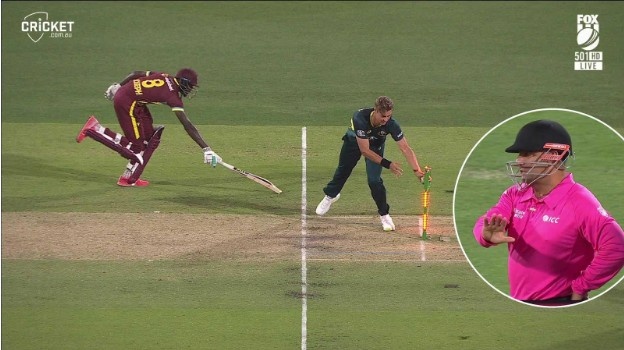
This can happen at either end and often results from miscommunication or quick fielding. Run-outs are crucial as they test the batters’ running and coordination skills.
Rare Types of Dismissals in Cricket
Occasionally, cricket sees rare types of dismissals that happen only in specific and unusual situations. These unique outs reflect the detailed rules of the game and make cricket even more interesting.
1. Hit Wicket
Hit wicket happens when a batter accidentally dislodges the bails with their body, clothing, or equipment during the act of playing a shot or running.
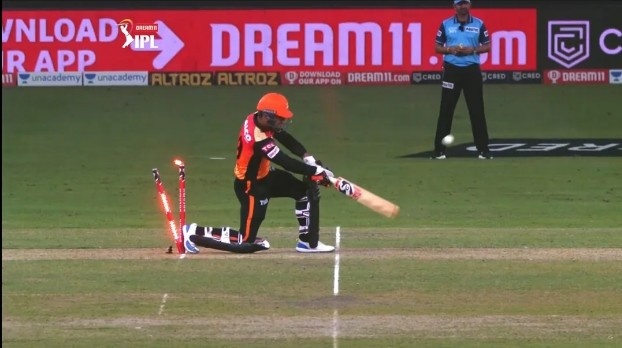
It usually results from losing balance or stepping too far back. Though relatively rare, it highlights the importance of body control during batting.
2. Obstructing the Field
A batter is out obstructing the field if they deliberately hinder a fielder’s attempt to field the ball or throw it, such as by changing running direction to block or deflecting the ball intentionally.
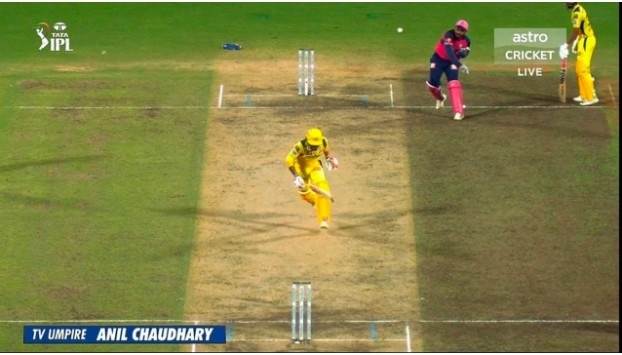
It’s a rare dismissal and depends heavily on the umpire’s interpretation of the batter’s intent to obstruct.
3. Hit the Ball Twice
This dismissal occurs if a batter intentionally hits the ball twice with the bat or body, except to protect their wicket. The second strike must be deliberate.
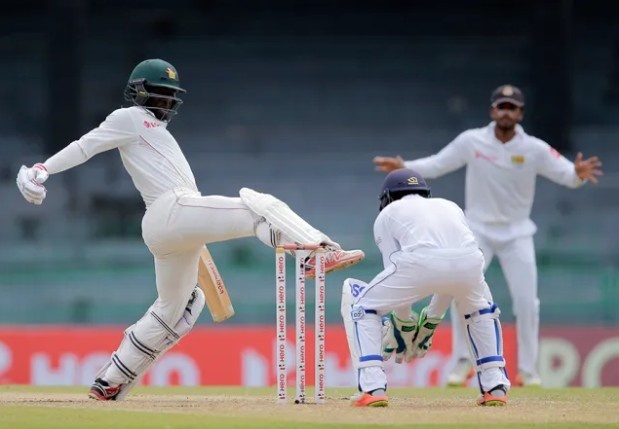
It is one of the rarest dismissals in cricket and usually happens when a batter tries to stop the ball from rolling onto the stumps by hitting it again.
4. Retired Out
If a batter leaves the field without the umpire’s permission and does not return to resume batting, they are declared retired out. This differs from retired hurt, where a player leaves due to injury and may return.

Retired out is uncommon and can be used tactically, especially in limited-overs matches.
Bizarre Type Dismissals In Cricket
Cricket is full of surprises, and some dismissals are truly bizarre. These unusual ways a batter can be out are very rare but still fall within the laws of the game.
Such dismissals often leave fans and players shocked or amused. They highlight the unpredictable side of cricket, showing that the sport’s rules cover even the strangest scenarios.
1. Timed Out
A timed-out dismissal occurs when a batter fails to be ready to face the next delivery within the stipulated time after the previous batter’s dismissal.
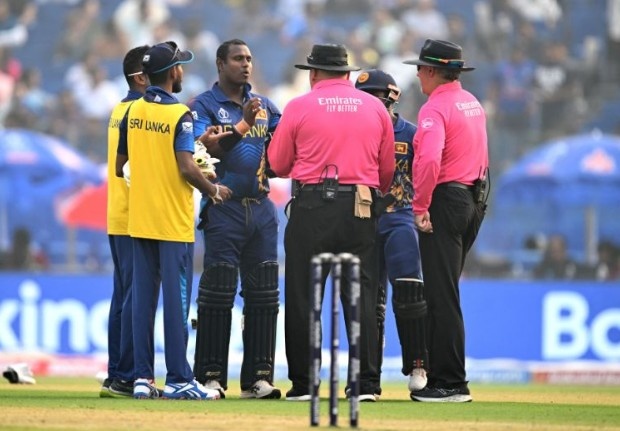
This rare dismissal was highlighted during the 2023 ICC Men’s Cricket World Cup when Sri Lanka’s Angelo Mathews was ruled out for not being ready within the required time, marking a significant moment in cricket history.
2. Mankading
Mankading is a form of run out where the bowler dismisses the non-striker by breaking the stumps at their end before delivering the ball if the non-striker leaves the crease early.
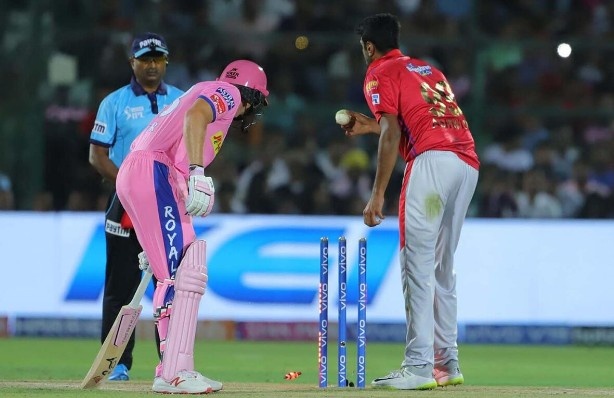
It is a legal dismissal, but often controversial. The term comes from Indian bowler Vinoo Mankad, who famously used this method in the 1940s.
3. Handling the Ball
Handling the ball was a dismissal given when a batter deliberately touched the ball with a hand not holding the bat, without the fielders’ permission. This rule was merged into ‘Obstructing the Field’ in 2017.

It was rare and punished intentional interference with the ball while batting, aimed at preventing unfair advantage.
Suggested Read:
Conclusion: Cricket Has Many Ways to Dismiss a Batter!
There are so many ways a batter can be sent back to the pavilion, and that is what makes cricket so interesting. From the basics like bowled to the surprising ones like Mankading, every out brings something different to the match.
It is not just about skills with the bat. Players need to stay sharp and smart. Umpires have to be alert, too. With tech helping out, now calls are more accurate than ever.
Once you know all the ways a batter can be dismissed, you will start to see the game in a whole new way. Every ball feels more important, and every match becomes more exciting.




